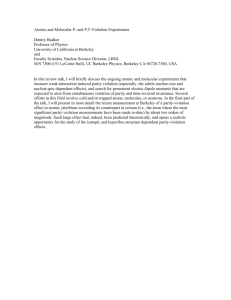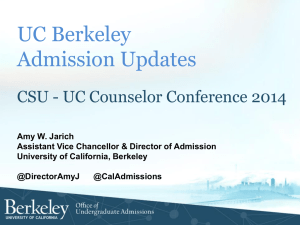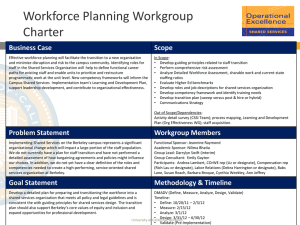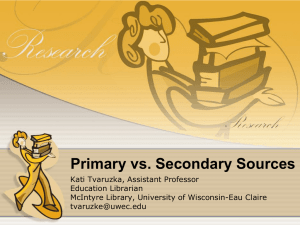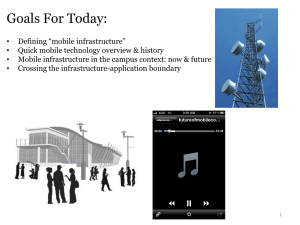DRAFT At the LES annual meeting 2014 workshop “University
advertisement
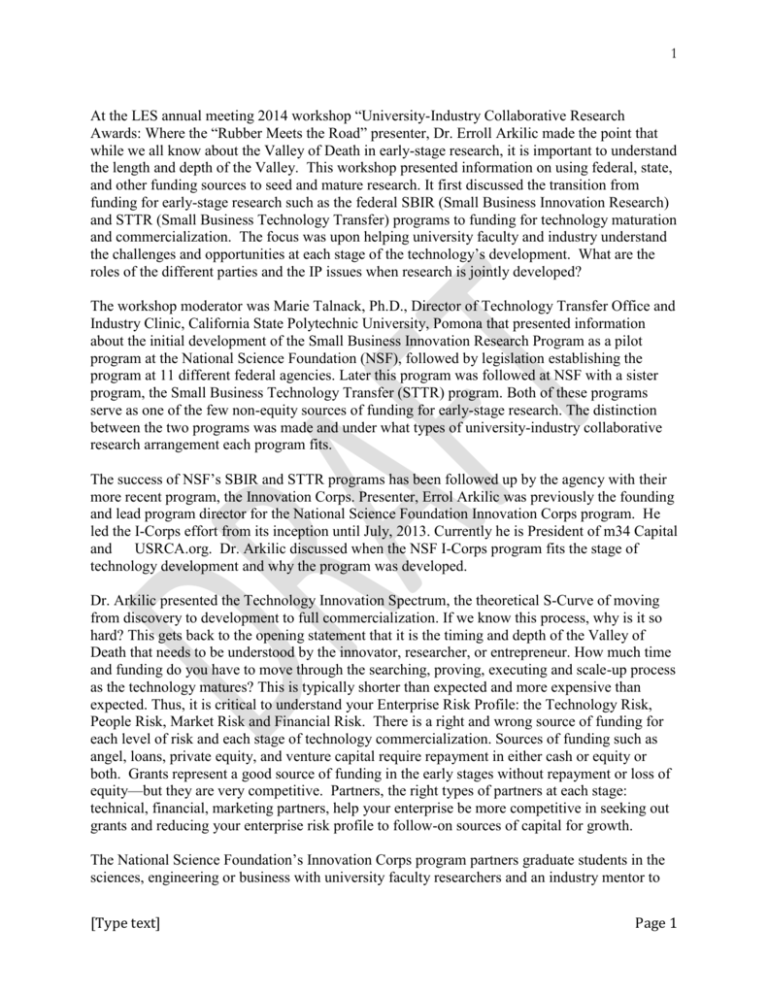
1 At the LES annual meeting 2014 workshop “University-Industry Collaborative Research Awards: Where the “Rubber Meets the Road” presenter, Dr. Erroll Arkilic made the point that while we all know about the Valley of Death in early-stage research, it is important to understand the length and depth of the Valley. This workshop presented information on using federal, state, and other funding sources to seed and mature research. It first discussed the transition from funding for early-stage research such as the federal SBIR (Small Business Innovation Research) and STTR (Small Business Technology Transfer) programs to funding for technology maturation and commercialization. The focus was upon helping university faculty and industry understand the challenges and opportunities at each stage of the technology’s development. What are the roles of the different parties and the IP issues when research is jointly developed? The workshop moderator was Marie Talnack, Ph.D., Director of Technology Transfer Office and Industry Clinic, California State Polytechnic University, Pomona that presented information about the initial development of the Small Business Innovation Research Program as a pilot program at the National Science Foundation (NSF), followed by legislation establishing the program at 11 different federal agencies. Later this program was followed at NSF with a sister program, the Small Business Technology Transfer (STTR) program. Both of these programs serve as one of the few non-equity sources of funding for early-stage research. The distinction between the two programs was made and under what types of university-industry collaborative research arrangement each program fits. The success of NSF’s SBIR and STTR programs has been followed up by the agency with their more recent program, the Innovation Corps. Presenter, Errol Arkilic was previously the founding and lead program director for the National Science Foundation Innovation Corps program. He led the I-Corps effort from its inception until July, 2013. Currently he is President of m34 Capital and USRCA.org. Dr. Arkilic discussed when the NSF I-Corps program fits the stage of technology development and why the program was developed. Dr. Arkilic presented the Technology Innovation Spectrum, the theoretical S-Curve of moving from discovery to development to full commercialization. If we know this process, why is it so hard? This gets back to the opening statement that it is the timing and depth of the Valley of Death that needs to be understood by the innovator, researcher, or entrepreneur. How much time and funding do you have to move through the searching, proving, executing and scale-up process as the technology matures? This is typically shorter than expected and more expensive than expected. Thus, it is critical to understand your Enterprise Risk Profile: the Technology Risk, People Risk, Market Risk and Financial Risk. There is a right and wrong source of funding for each level of risk and each stage of technology commercialization. Sources of funding such as angel, loans, private equity, and venture capital require repayment in either cash or equity or both. Grants represent a good source of funding in the early stages without repayment or loss of equity—but they are very competitive. Partners, the right types of partners at each stage: technical, financial, marketing partners, help your enterprise be more competitive in seeking out grants and reducing your enterprise risk profile to follow-on sources of capital for growth. The National Science Foundation’s Innovation Corps program partners graduate students in the sciences, engineering or business with university faculty researchers and an industry mentor to [Type text] Page 1 2 reduce the risk profile of an early stage technology. Faculty that have received grants from the National Science Foundation within the past five years are eligible to receive an additional $50,000 in commercialization funding. In the process students learn about innovation and product development moving the early-stage research further along the path to commercialization. Carol Mimura, Ph.D., Assistant Vice Chancellor, IP and Industry Research Alliances or (IPIRA) at the University of California, Berkeley then presented In conclusion, it was agreed that for most research, no matter where the research is being developed and who is leading its development, there are two common lessons learned: 1.) You cannot go it alone…i.e. partners. 2.) You will need to find low cost, hopefully no equity funding to save your equity for later stages of development. public , the purpose for ndearly years of Speakers: Carol Mimura, Ph.D., Assistant Vice Chancellor, IP and Industry Research Alliances (IPIRA), University of California, Berkeley Errol Arkilic, Ph.D., Founder and the President of USRCA.org Contact for Speakers: Marie Talnack at gmtalnack@csupomona.edu Errol Arkilic, Ph.D., Founder and the President of USRCA.org Dr. Arkilic is a Founder and the President of USRCA.org. Founded in June of 2013, this organization’s mission is to support the translation of academic-based research into products and services that address significant market needs. Previously, he was the founding and lead program director for the National Science Foundation Innovation Corps program. He led the I-Corps effort from its inception until July, 2013. Prior to this, Errol was the lead software and services program director for the NSF SBIR program. Before NSF, Errol was founder and CEO at StrataGent Lifesciences and the Manager of Product Engineering at Redwood Microsystems. Errol received his BS in Mechanical Engineering from George Washington University and his Master’s and Ph.D. degrees in Aero/Astro Engineering from MIT. Carol Mimura, Ph.D., RTTP™, Assistant Vice Chancellor, IP & Industry Research Alliances (IPIRA), University of California, Berkeley Dr. Carol Mimura is the Assistant Vice Chancellor for Intellectual Property & Industry Research Alliances (IPIRA) at the University of California, Berkeley. IPIRA is the portal to Berkeley for industry access to Berkeley’s preeminent faculty and research capabilities. She was a former Director and Executive Director of U.C. Berkeley’s Office of Technology Licensing, is a Registered Technology Transfer Professional, has received a Deal of Distinction award from the Licensing Executives Society, the President’s Cup from Yale, an inaugural Patents for Humanity Award from the U.S. Patent and Trademark Office, several Distinguished Service Awards and a Chancellor's Special Service Award from UC Berkeley. She established the office of IP and Industry Research Alliances (IPIRA) at UC Berkeley in 2004. Over 150 startup companies have been formed to [Type text] Page 2 3 commercialize UC Berkeley IP rights under license. 65 have raised an average of $13.8M in private funding and over a four year period a larger group raised >$1.3B. Over 100 products have been commercialized under license and dozens more are in the pipeline. [Type text] Page 3
